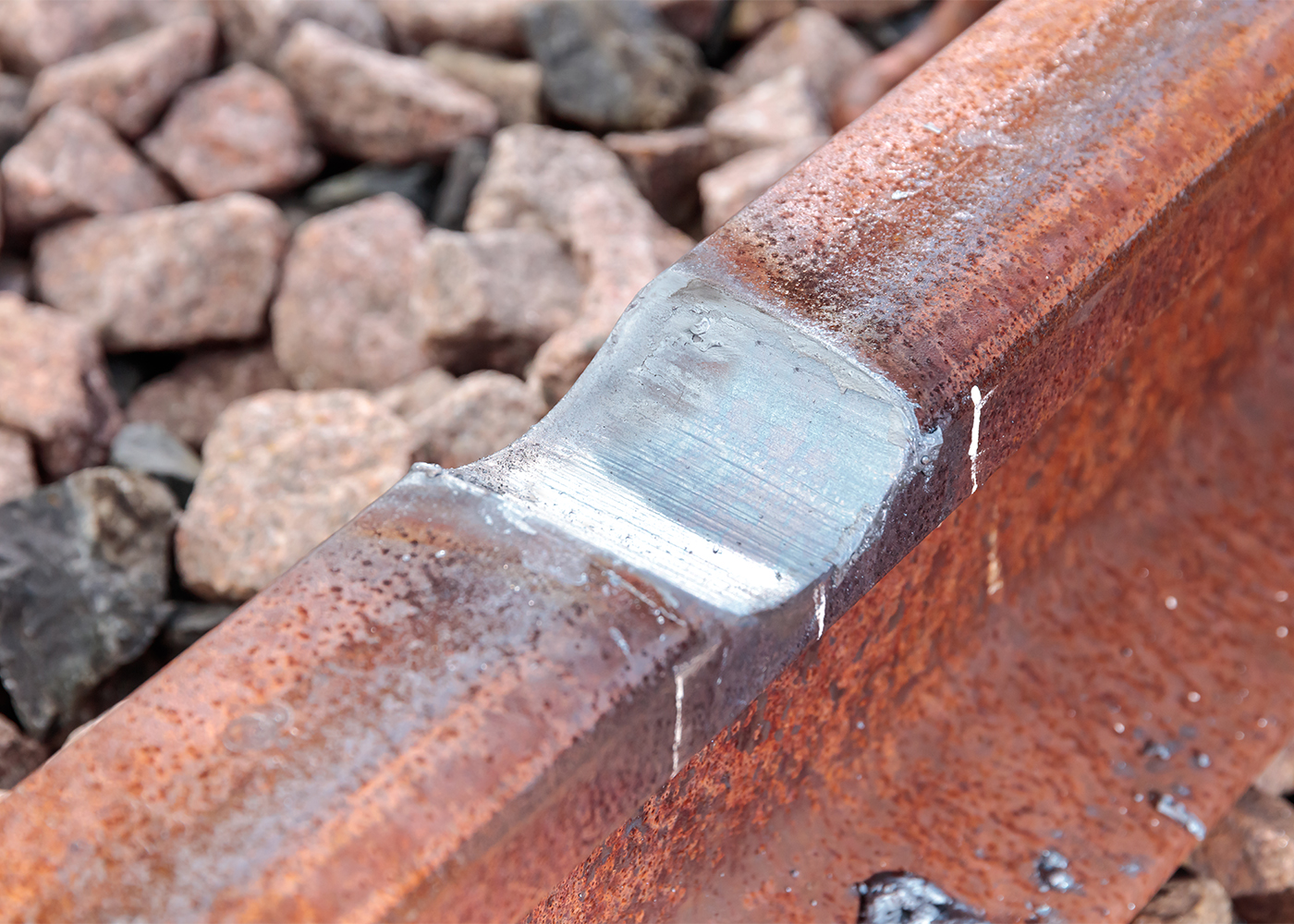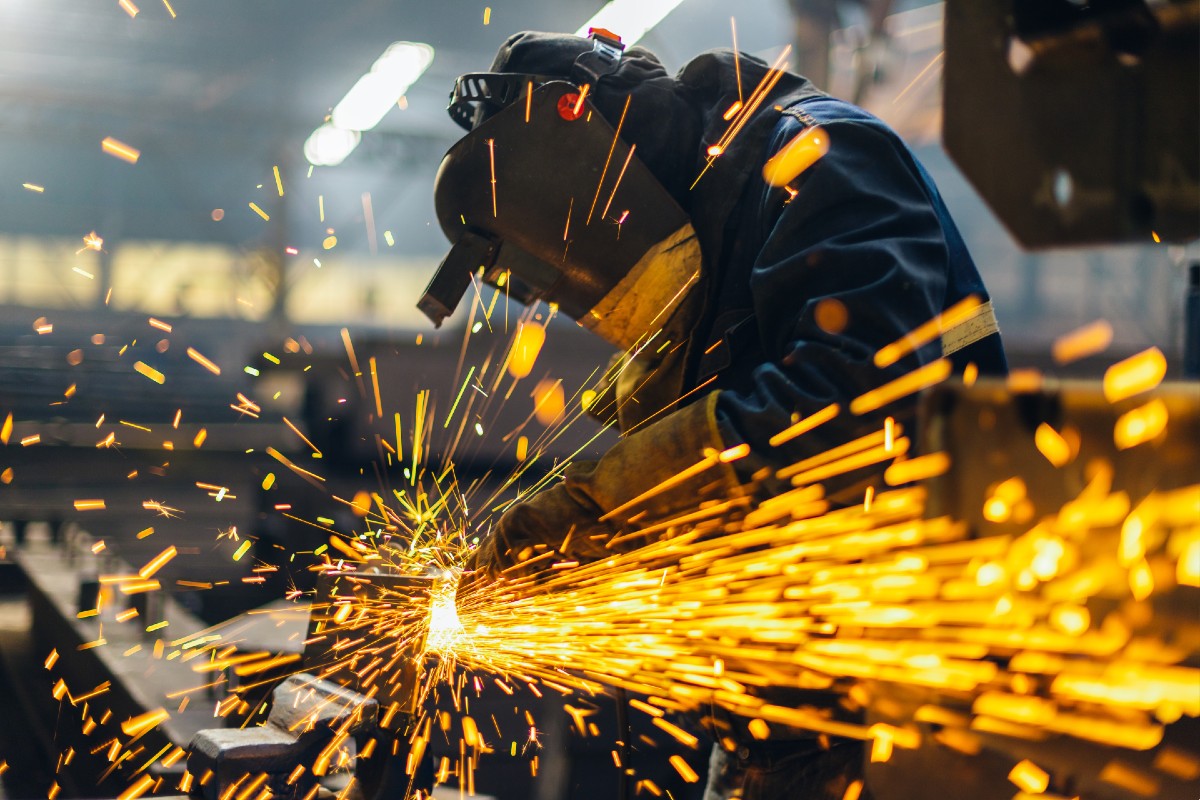Reliable fixes for poor fusion from Montana Mobile Welding and Repair
Wiki Article
Usual Welding Repair Work Issues and Just How to Address Them Effectively
Welding repairs frequently run into a variety of concerns that can threaten the integrity of the end product. Typical problems consist of insufficient infiltration, porosity, and imbalance, amongst others. Each defect presents unique obstacles that need certain techniques for resolution. Understanding these concerns is important for welders intending to improve their outcomes and skills. This discussion will explore these common welding repair service problems and effective techniques to address them.Insufficient Infiltration
Poor penetration takes place when the weld metal stops working to completely fuse with the base material, resulting in weak joints and possible structural failings. This concern frequently originates from inadequate warm input, inaccurate electrode angle, or incorrect welding rate. Welders may come across poor penetration due to a miscalculation of the needed criteria for a particular product thickness or kind. In addition, contamination on the base material's surface area can impede effective bonding, intensifying the trouble. To resolve inadequate penetration, welders need to guarantee appropriate setups on their tools and preserve a tidy work surface area. Routine examination of welds is recommended to identify any type of deficiencies early, permitting for timely improvements and the avoidance of jeopardized architectural honesty in bonded assemblies.Porosity
Porosity is an usual defect in bonded joints that materializes as little gas bubbles entraped within the weld steel. This issue can endanger the honesty of the weld, resulting in minimized stamina and possible failing under stress. Montana Mobile Welding and Repair Welding. Porosity generally develops from contamination, wetness, or improper welding methods, which enable gases to leave into the liquified weld swimming pool. To deal with porosity, welders must assure appropriate surface preparation, maintain a tidy functioning atmosphere, and make use of suitable welding criteria. Additionally, picking the right filler product and securing gas can minimize gas entrapment. Regular inspection and screening of welds can aid determine porosity early, guaranteeing timely corrective activities are taken, thus maintaining the top quality and dependability of the bonded frameworkImbalance
Misalignment in welding can develop from various aspects, including inappropriate configuration and thermal development. Comprehending the origin is vital for efficient resolution. Several correction strategies are offered to straighten components and guarantee structural honesty.Reasons of Imbalance
Welding imbalance often stems from a selection of underlying issues that can jeopardize structural stability. One main reason is inappropriate fit-up of components before welding, which can lead to spaces and irregular surfaces. Variants in thermal expansion throughout the welding procedure can also result in distortion, particularly if the products being signed up with have different coefficients of development. Additionally, inadequate fixturing and securing might fail to hold parts firmly in position, resulting in motion during welding. Improperly maintained devices, including welding equipments and devices, may present inconsistencies in the weld grain, further adding to imbalance. Operator mistake, stemming from not enough training or experience, can also play a substantial function in creating misaligned welds.
Correction Strategies Offered
Addressing misalignment successfully requires a mix of corrective strategies customized to the specific concerns available. One usual approach is making use of jigs or fixtures to hold parts in the appropriate position throughout welding, ensuring constant placement. Furthermore, pre-heating the products can aid lower distortion and boost fit-up. For considerable imbalance, mechanical adjustment techniques, such as making use of hydraulic jacks or clamps, can be used to correct the placement prior to welding. Post-weld warm treatment might likewise be needed to alleviate stresses created by imbalance. Lastly, cautious assessment and adjustment throughout the arrangement stage can avoid imbalance concerns from coming to be significant issues, promoting a smoother welding process and boosting general structural stability.Distortion
Distortion is an usual challenge in welding that can develop from numerous aspects, consisting of uneven heating and cooling. Comprehending the causes of distortion is vital for applying effective avoidance strategies. Addressing this issue not just improves structural stability however additionally boosts the general quality of the weld.Sources of Distortion
When based on the extreme warmth of welding, products often undertake changes that can result in distortion. This sensation largely emerges from thermal growth and contraction during the welding process. As the weld area warms up, the material broadens; upon cooling, it acquires, which can develop inner anxieties. Additionally, unequal heating throughout a workpiece can worsen these anxieties, causing bending or flexing. The kind of material additionally plays a substantial duty; metals with differing thermal conductivity and coefficients of growth might react differently, leading to uncertain distortions. Inadequate joint style and poor fixturing can contribute to misalignment during welding, raising the likelihood of distortion. Understanding these causes is crucial for reliable welding repair service and prevention techniques.Avoidance Techniques
Reliable prevention strategies for distortion throughout welding focus on regulating warm input and ensuring appropriate joint design. Maintaining a regular heat input assists to minimize thermal growth and contraction, which can cause distortion. Utilizing techniques such as pre-heating the work surface can additionally lower the temperature level slope, promoting consistent home heating. Furthermore, choosing ideal joint styles, such as T-joints or lap joints, can improve security and minimize tension concentrations. Carrying out correct fixturing to safeguard the workpieces in position further help in keeping alignment throughout the welding process. Staggered welding series can disperse warm much more evenly, preventing local distortion. By applying these methods, welders can significantly decrease the probability of distortion and boost the total quality of their welds.Splitting
Cracking is an usual concern encountered in welding repairs, commonly resulting from different aspects such as inappropriate air conditioning rates, product option, or poor joint preparation. The occurrence of cracks can considerably endanger the stability of the weld, resulting in possible failings during operation. website To address this problem, welders need to initially evaluate the origin triggers, making sure that products work and suitably selected for the particular application. In addition, managing the cooling price throughout the welding procedure is crucial; fast air conditioning can cause tension and bring about splitting. Proper joint style and preparation also contribute to reducing the risk. Implementing these methods can boost weld quality and resilience, ultimately reducing the chance of breaking in completed weldments.
Incomplete Combination
A considerable concern in welding repair services is incomplete blend, which occurs when the weld metal does not appropriately bond with the base material or previous weld passes - Montana Mobile Welding and Repair Fabrication. This problem can cause weak points in the joint, possibly endangering the integrity of the welded structure. Factors adding to incomplete fusion consist of insufficient warm input, improper welding strategy, and contamination of the surface areas being joined. To address this concern successfully, welders ought to assure appropriate pre-weld cleansing and surface preparation, in addition to readjust their welding criteria to accomplish appropriate infiltration and combination. Regular assessment throughout the welding process can additionally help identify incomplete blend early, enabling prompt restorative actions to boost the general high quality of the weldOverheating
While welding repair services can improve architectural integrity, overheating offers a considerable difficulty that can cause product destruction. Extreme warm during welding can modify the mechanical buildings of steels, resulting in reduced strength, boosted brittleness, and warping. This phenomenon is especially vital in high-stress applications where structural integrity is critical. Determining overheating can entail visual examinations for staining or distortion, as well as monitoring temperature level throughout the welding process. To minimize the threats associated with getting too hot, welders ought to employ proper strategies, such as controlling warm input, readjusting traveling rate, and making use of suitable filler products. In addition, implementing pre- and post-weld warmth therapies can assist recover material residential properties and enhance the general quality of the repair service, making certain long-lasting efficiency and security.Regularly Asked Concerns
What Are the Typical Indicators of a Welding Problem?

Just How Can I Examine My Welds for High quality?
To evaluate welds for high quality, one can use visual examinations, ultrasonic testing, and radiographic methods. Each strategy guarantees architectural stability, recognizes problems, and validates adherence to specified criteria, inevitably improving the integrity of the welded joints.What Safety Precautions Should I Take While Welding?
When welding, one must prioritize safety and security by using appropriate personal safety equipment, ensuring appropriate air flow, safeguarding combustible products away, maintaining a tidy office, and recognizing surroundings to prevent crashes and injuries.Can I Repair a Weld Without Redesigning the Entire Joint?
Repairing a weld without renovating the entire joint is feasible, depending on the damages (Montana Mobile Welding and Repair Fabrication). Strategies such as grinding, including filler material, or utilizing a welding procedure can properly address specific defects while protecting the bordering frameworkWhat Devices Are Essential for Efficient Welding Fixes?
Important devices for efficient welding repairs include a welding device, cable brush, grinder, safety gear, clamps, and filler products. Each tool plays a vital duty in guaranteeing top quality and safety throughout the fixing procedure. Porosity generally arises from contamination, moisture, or inappropriate welding strategies, which permit gases to run away right into the liquified weld pool. Badly maintained equipment, consisting of welding equipments and tools, may present variances in the weld bead, further contributing to misalignment. When subjected to the intense warmth of welding, materials usually undertake adjustments that can lead to distortion. Breaking is a common concern run into in welding fixings, frequently resulting from numerous elements such as improper air conditioning rates, material choice, or insufficient joint preparation. A significant concern in welding repairs is incomplete blend, which happens when the weld steel does not effectively bond with the base product or previous weld passes.Report this wiki page